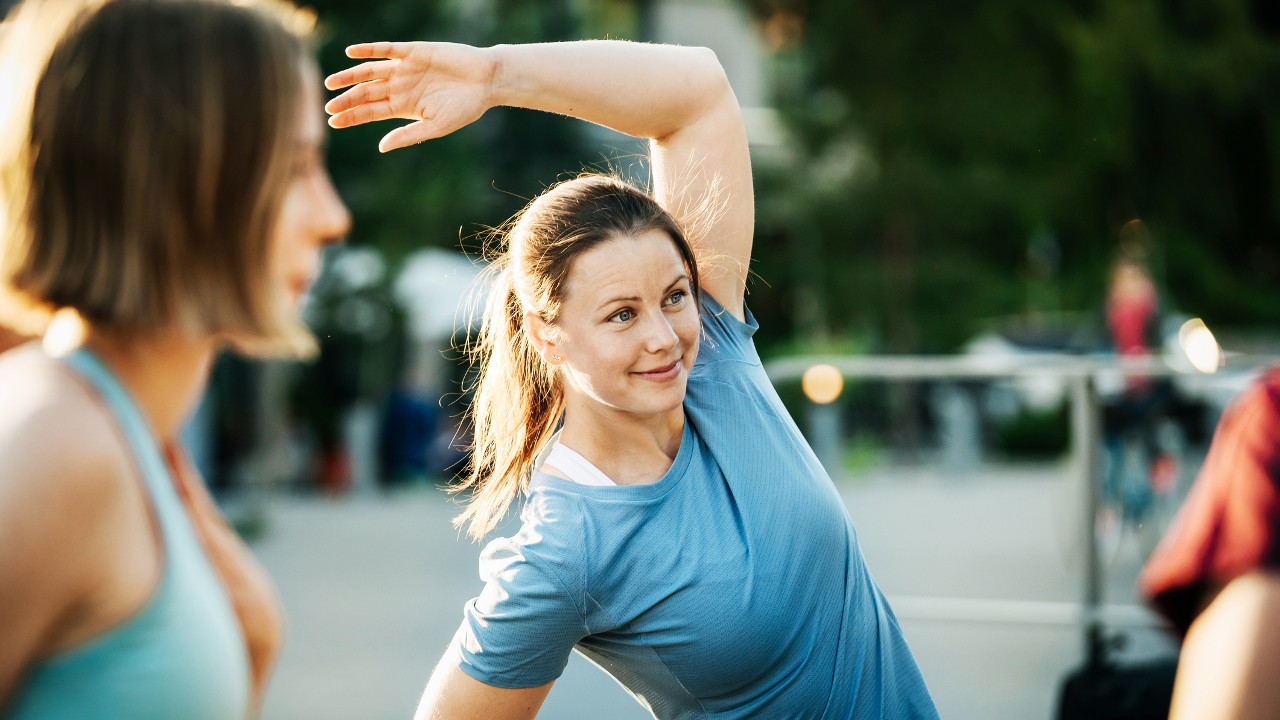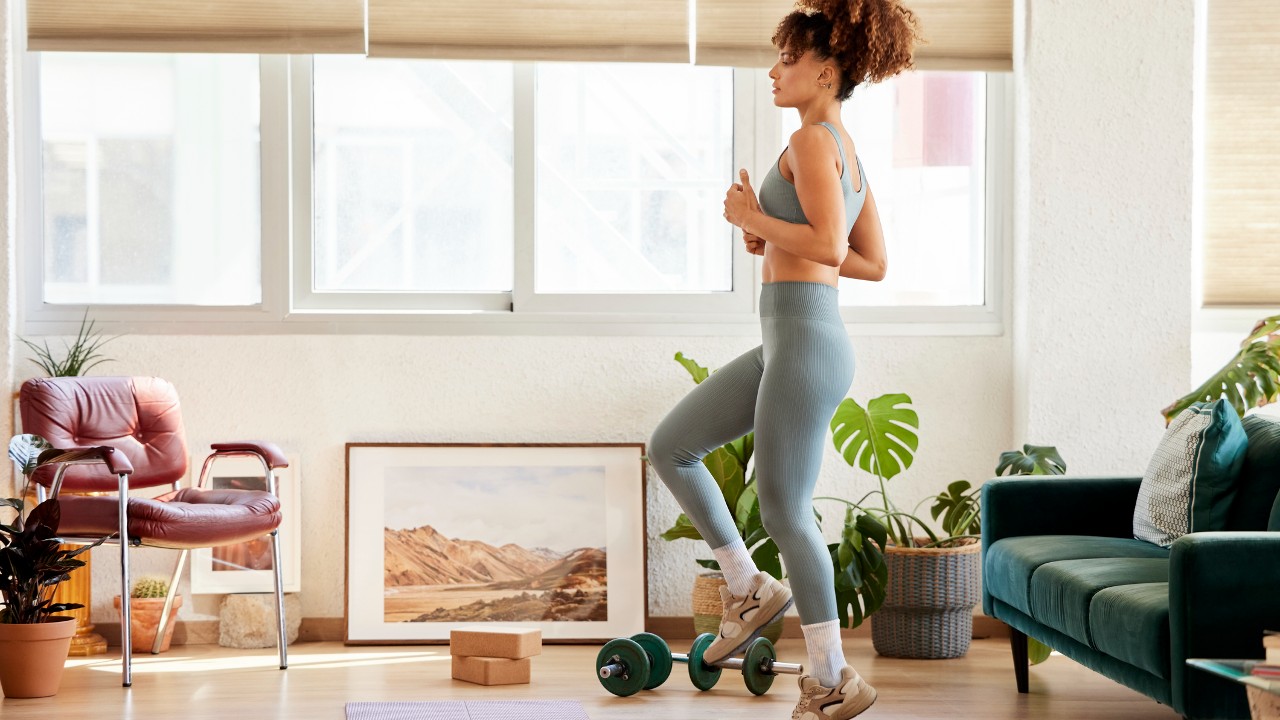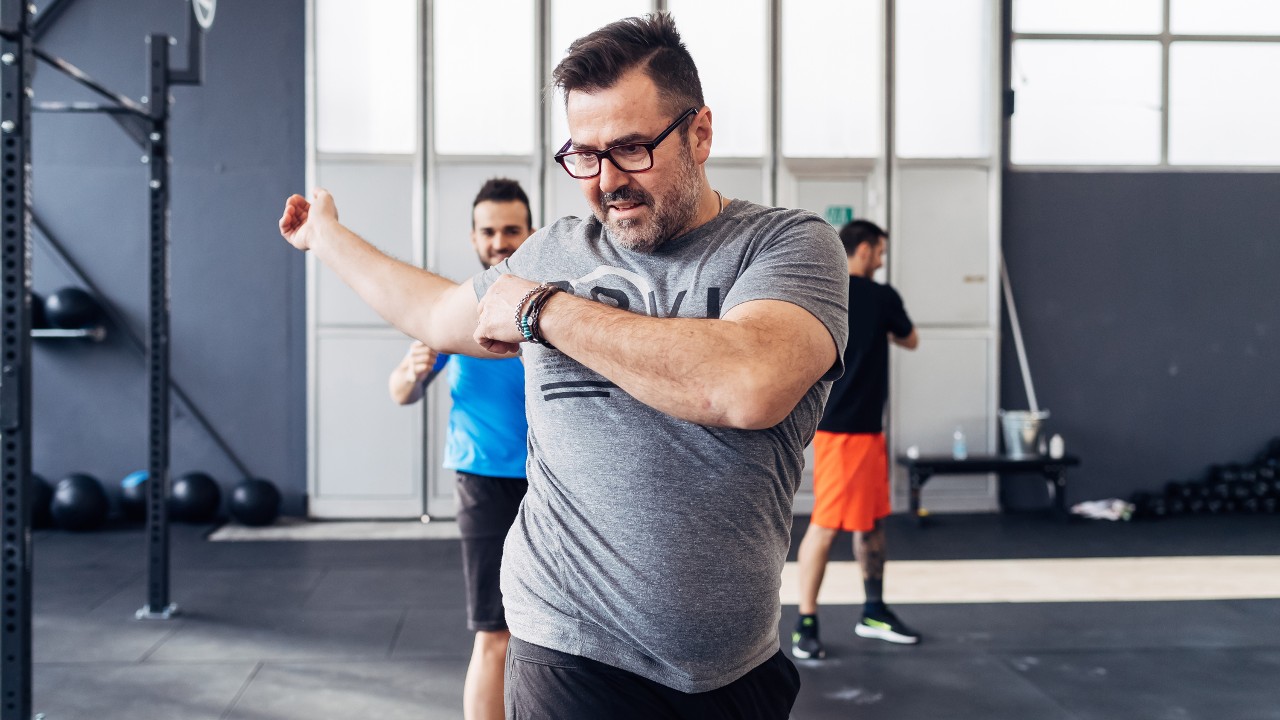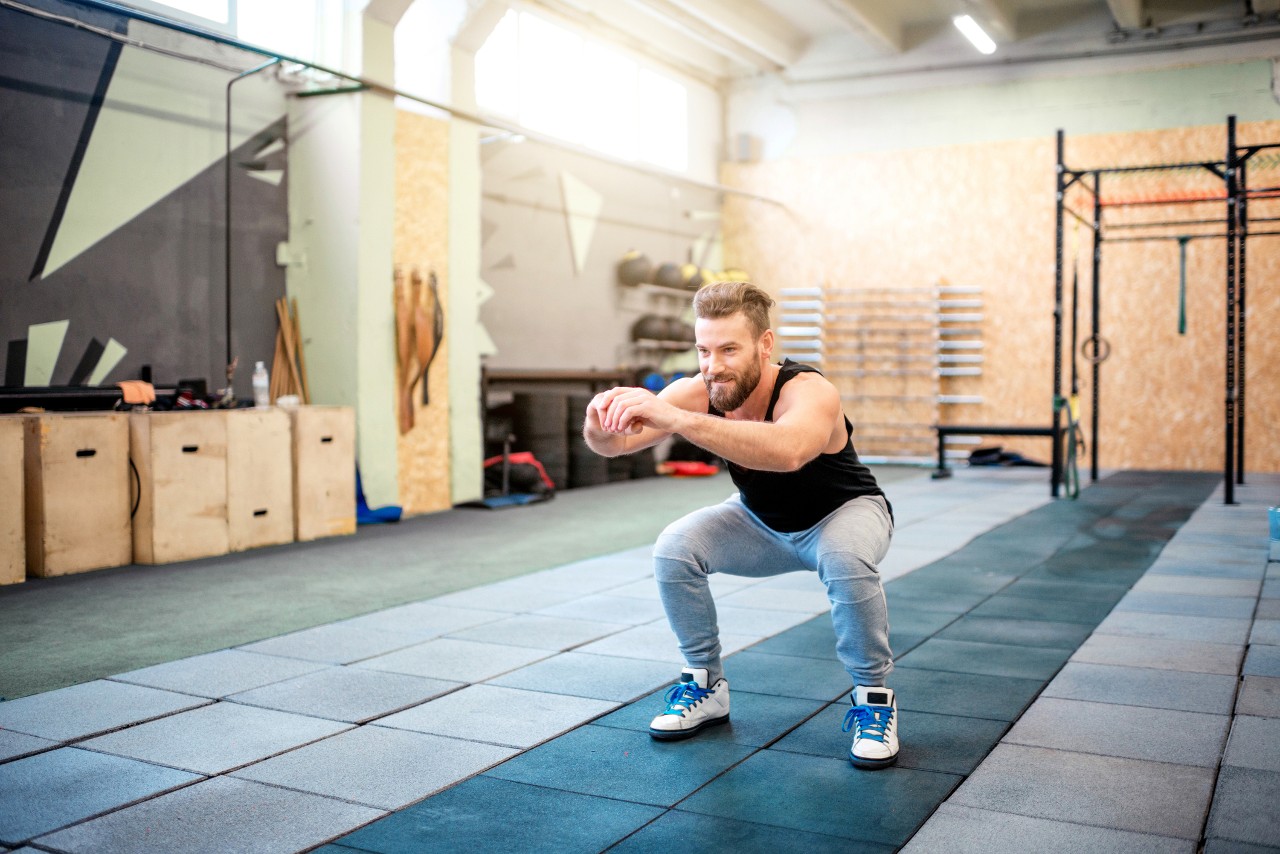Why Warm-Up Exercises Are So Important And How To Warm Up
Take the time to warm up properly and you’ll enjoy a better, safer workout

Many of us can feel like time is against us when exercising, but given the positive impact that warming up before a workout can have, not to mention the risks of diving right in, it’s always worth doing something to limber up before your session.
For more information on the benefits of a warm-up and a series of warm-up exercises you can do, we spoke to Olivia Tyler, clinical fitness lead for healthcare charity and gym operator Nuffield Health.
As a regional lead for clinical fitness at Nuffield Health, Olivia Tyler works to ensure quality assurance across the charity’s rehabilitation programmes and offers support for rehabilitation specialists. She also educates new rehabilitation specialists in subjects like joint pain and facilitating conversations. Previously she worked as a fitness presenter for NH 24/7 and as a fitness manager. Olivia is BACPR qualified (cardiac rehabilitation) and her specialist interests are in connected health and communicating its benefits.
Why is it important to warm up before exercise?
If you jump straight into a workout, your body is absolutely not ready for what’s about to happen. A warm-up makes sure that your heart is capable of pumping to the right level that you need, as well as making sure that your muscles are warm enough to cope with the length of the movements that you’re going to be doing. And also that your brain is ready as well.
What are the risks of not warming up?
If you’re pushing your heart further than what it’s capable of doing in that frame of time you’re going to experience a bit of pain. Your body’s going to tell you no, and you could potentially pass out. People with cardiac conditions can go into ischaemic attack, or experience angina. Or you could injure yourself where you’ve used a muscle that isn’t ready to do that movement.

How long should a warm-up be?
It does depend on what it is you’re doing, but if we’re looking at a general workout, you can say five to 10 minutes for the general population. If you are older or have a cardiac condition, you really want to warm up for 10 to 15 minutes, because you need a little bit more time for your body to adjust before exercise.
What is the difference between static and dynamic stretching, and which should you do in a warm-up?
Static stretching is when you’re just holding a position for a longer period of time. You might go into a lunge and then just hold that position. Dynamic stretching is where you’re moving through the stretch. If you think of an overhead side stretch, you wouldn’t hold the position, you would move into it and then keep moving the body to the other side.
It’s certainly better to do dynamic stretches when you’re warming up, but they need to be gentle. I think a lot of us throw ourselves into demanding positions straight away. So gentle, dynamic stretching is ideal, then at the end of the warm-up you could build in those static stretches. Again, you want to ease your way into them to let your body adjust.

How much should you change your warm-up to fit the workout?
A very general warm-up should include all the major muscle groups in the body. It keeps you nice and safe, and it means that you’re warm all over. But if you know you’re going to be doing something very specific or sport-specific, then change the warm-up to reflect what you’re about to do.
If you are doing an arm workout or an upper-body workout, you want to warm up the whole body but then focus on areas of the body that you’re going to work on for that workout. That means more shoulder movements, making sure that you move the individual components of the upper body as well.
Do you have a general warm-up people can do in the gym?
I would start on a treadmill. Gradually raise your heart rate on a treadmill, or you can do that off a treadmill with some knee raises, or jogging on the spot. Something nice and gentle.
Once your pulse is raised a little, then I would start to move through muscle groups. Definitely work the lower body. Make sure you include some hip hinges so that your pelvis is ready for what’s about to happen. Do some form of squat as well. I wouldn’t jump straight into a full-depth squat – start with a half squat. Then some core twists to make sure your body’s ready for anything there. Then move upwards with dynamic side stretches and then move through some shoulder stretches as well.

Do you have any other warm-up advice?
I think people overcomplicate it. You can think too much about the warm-up and get too caught up in it. The main things are to raise your heart rate, warm up your muscle groups, do a couple of dynamic stretches and then off you go. It doesn’t need to be too in-depth. Keep it simple. Otherwise you probably aren’t going to stick to it.
Warm-Up Exercise Routines
If you’re looking for other warm-up exercises you can do for specific sports and gym workouts, we’re here to help. We have a short warm-up for runners that can help prevent injuries, plus a warm-up for footballers to help you start your training sessions and matches firing on all cylinders. Finally, these gym warm-up routines will help you prepare for strength or treadmill workouts.
Sign up for workout ideas, training advice, reviews of the latest gear and more.

Nick Harris-Fry is a journalist who has been covering health and fitness since 2015. Nick is an avid runner, covering 70-110km a week, which gives him ample opportunity to test a wide range of running shoes and running gear. He is also the chief tester for fitness trackers and running watches, treadmills and exercise bikes, and workout headphones.
